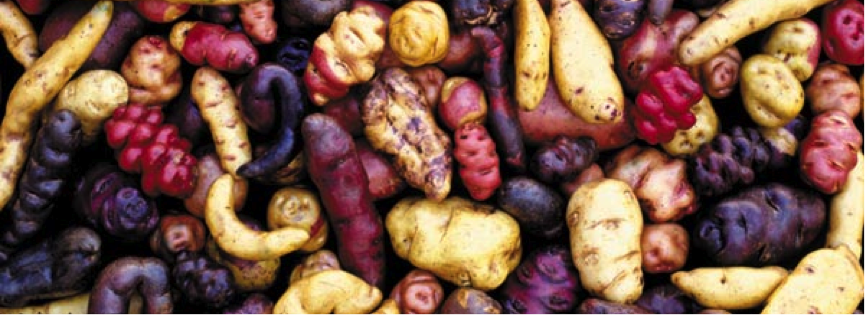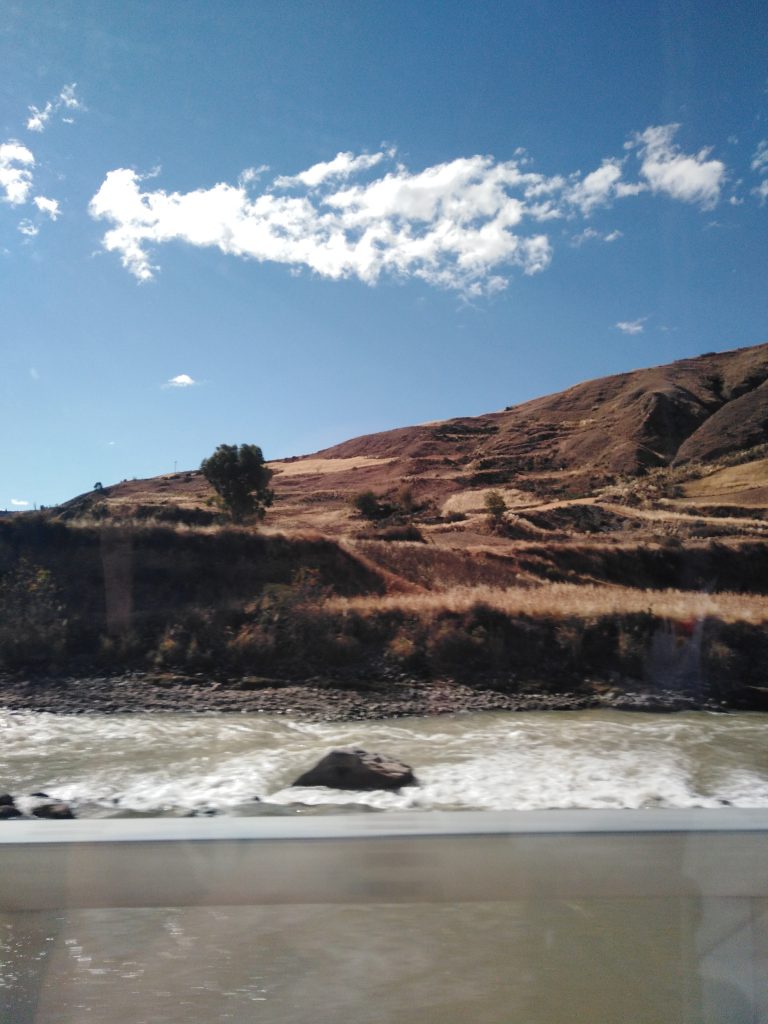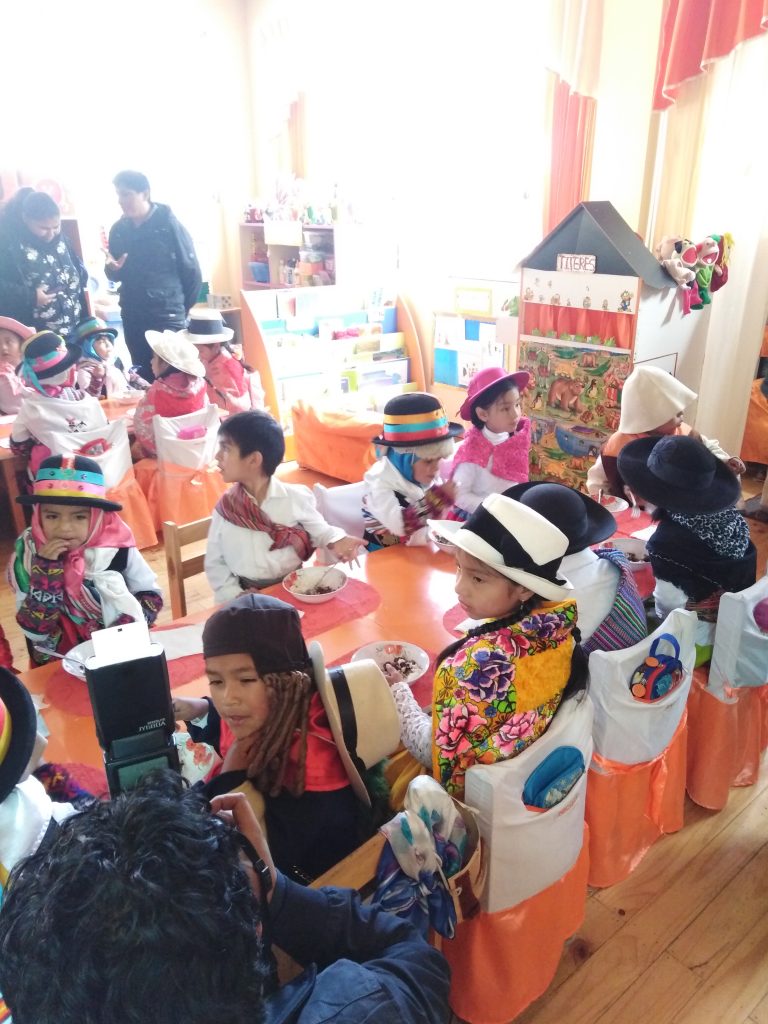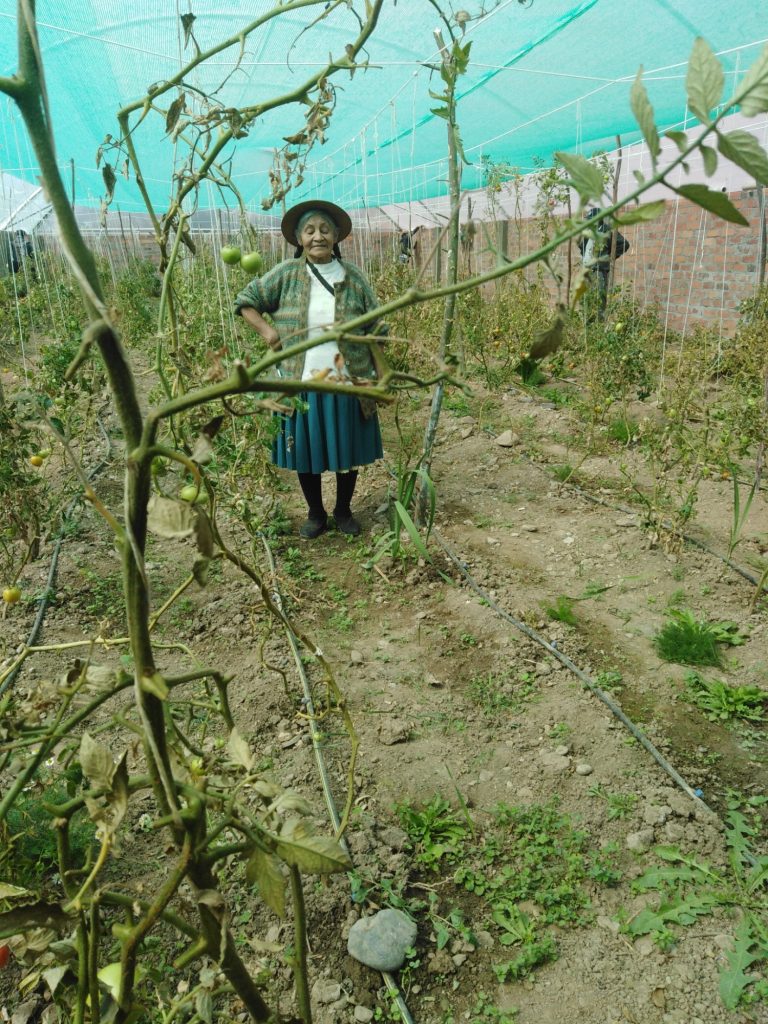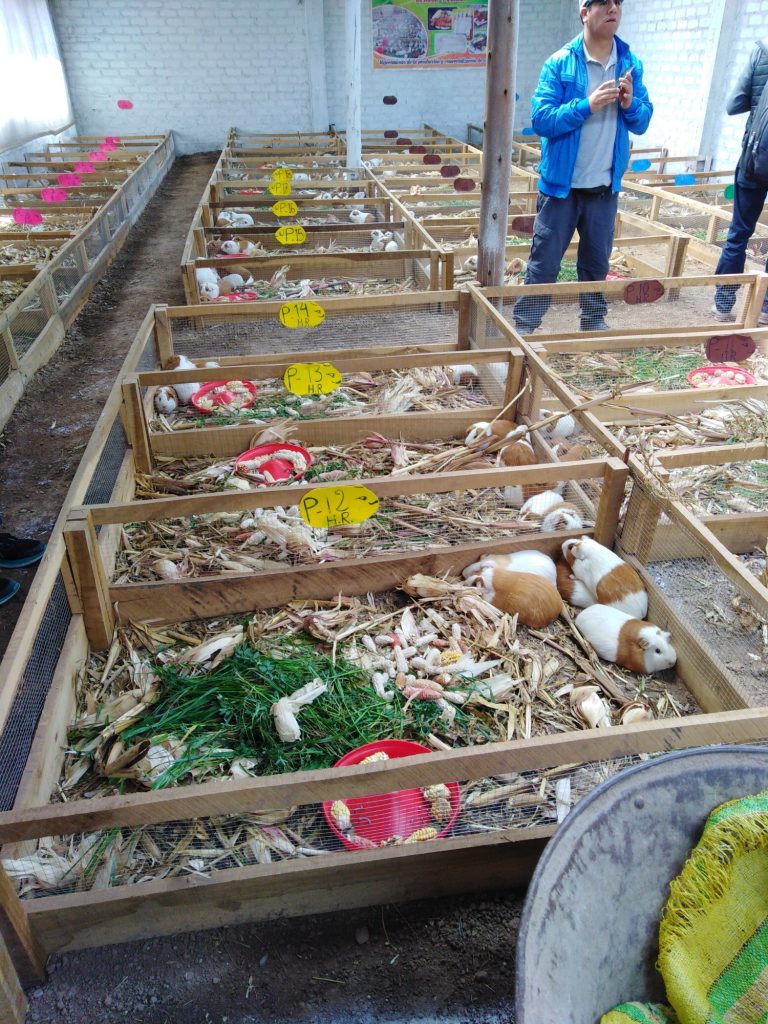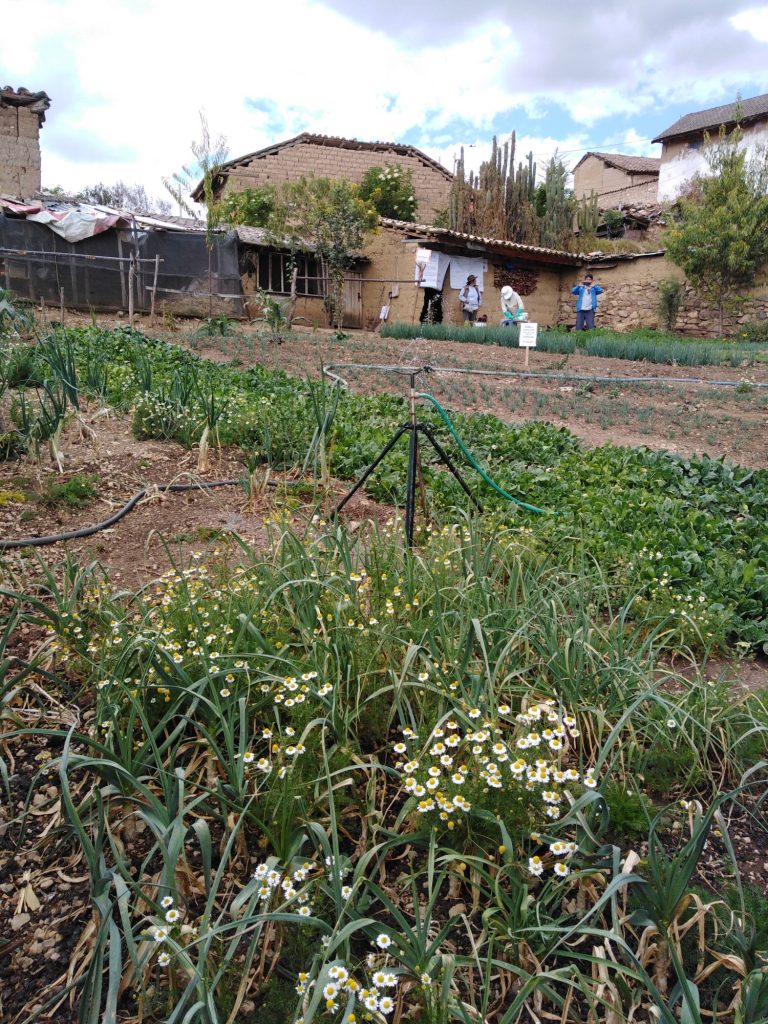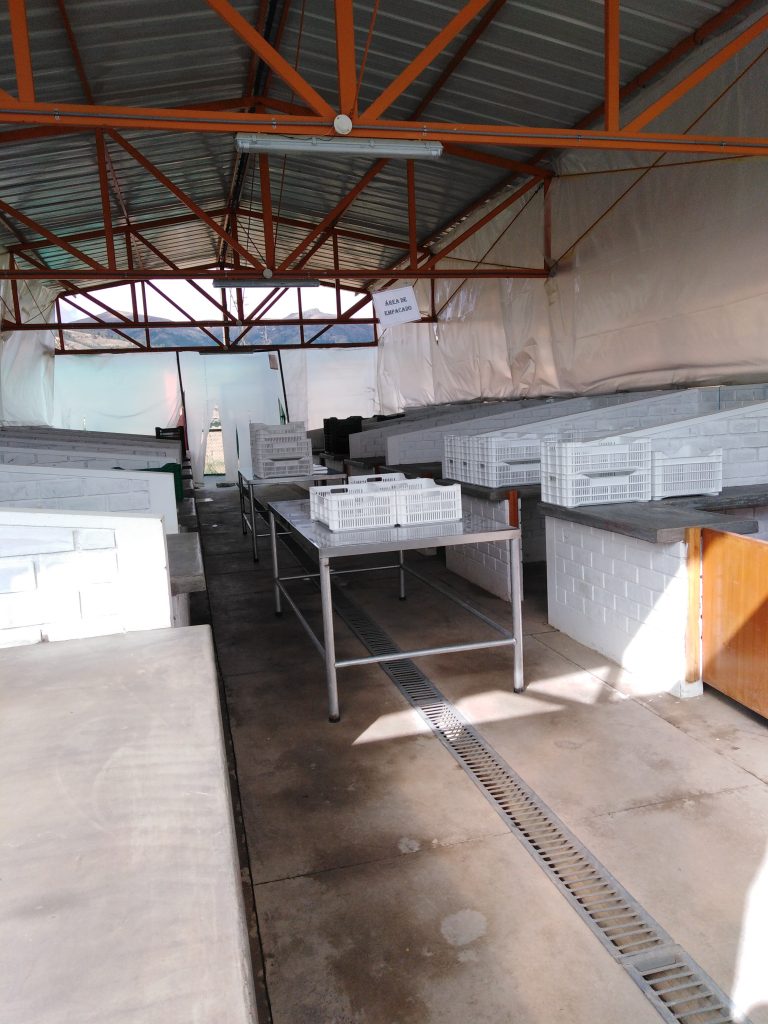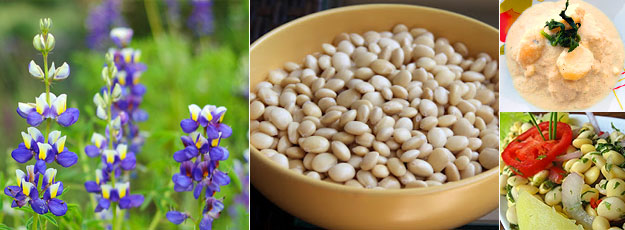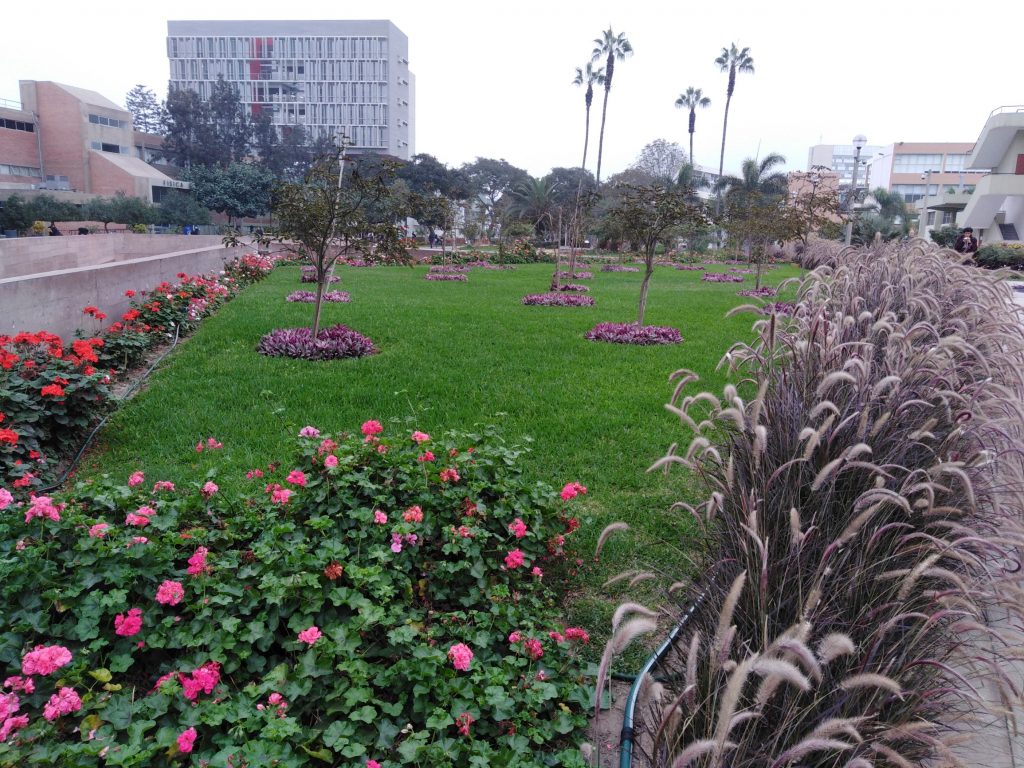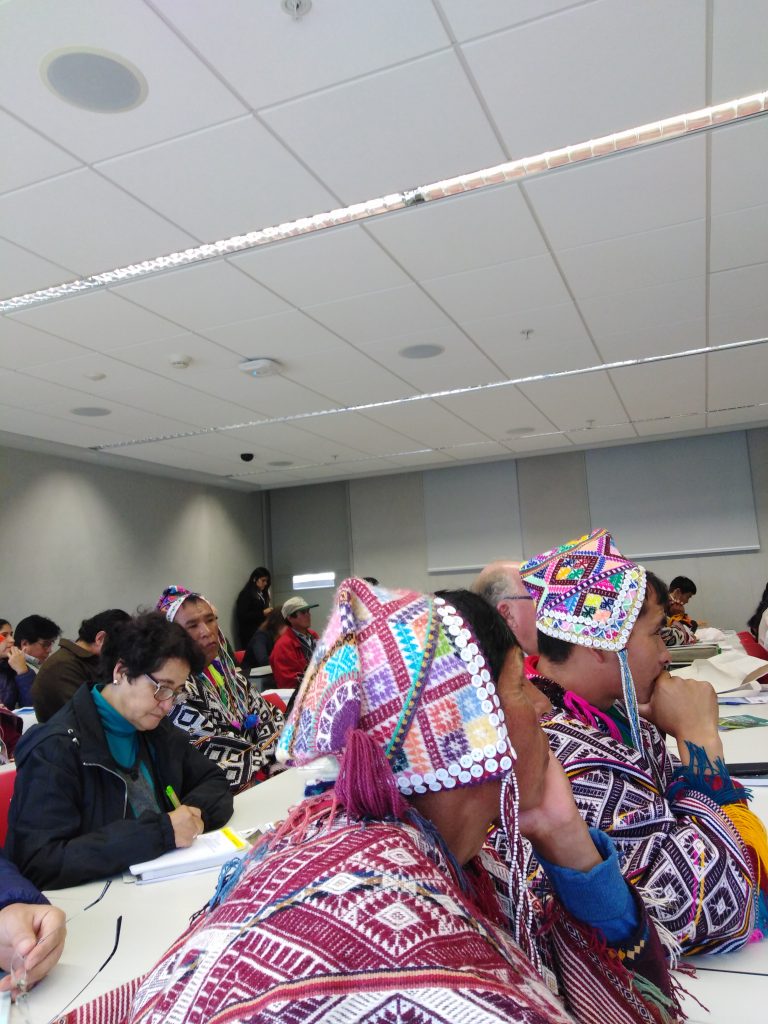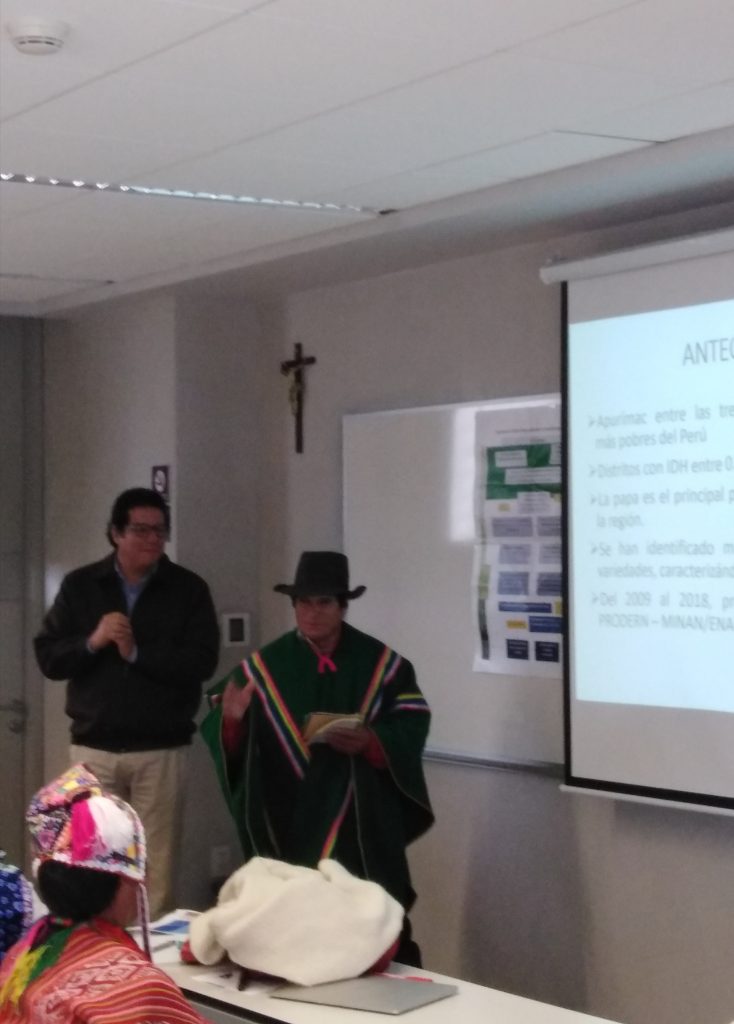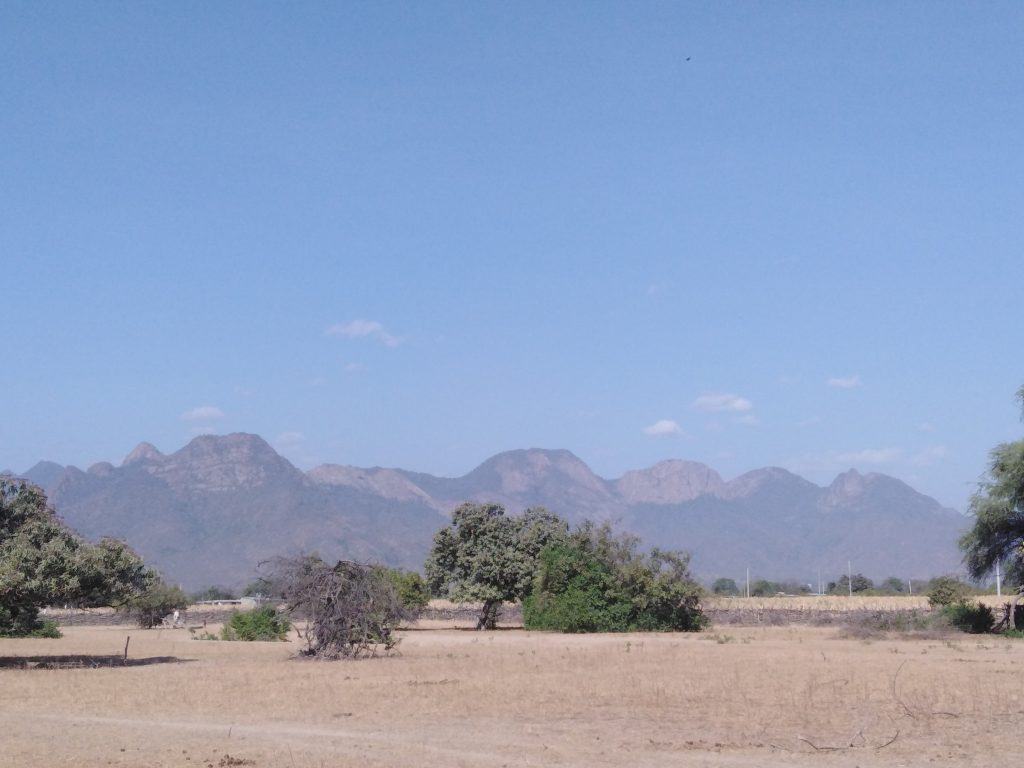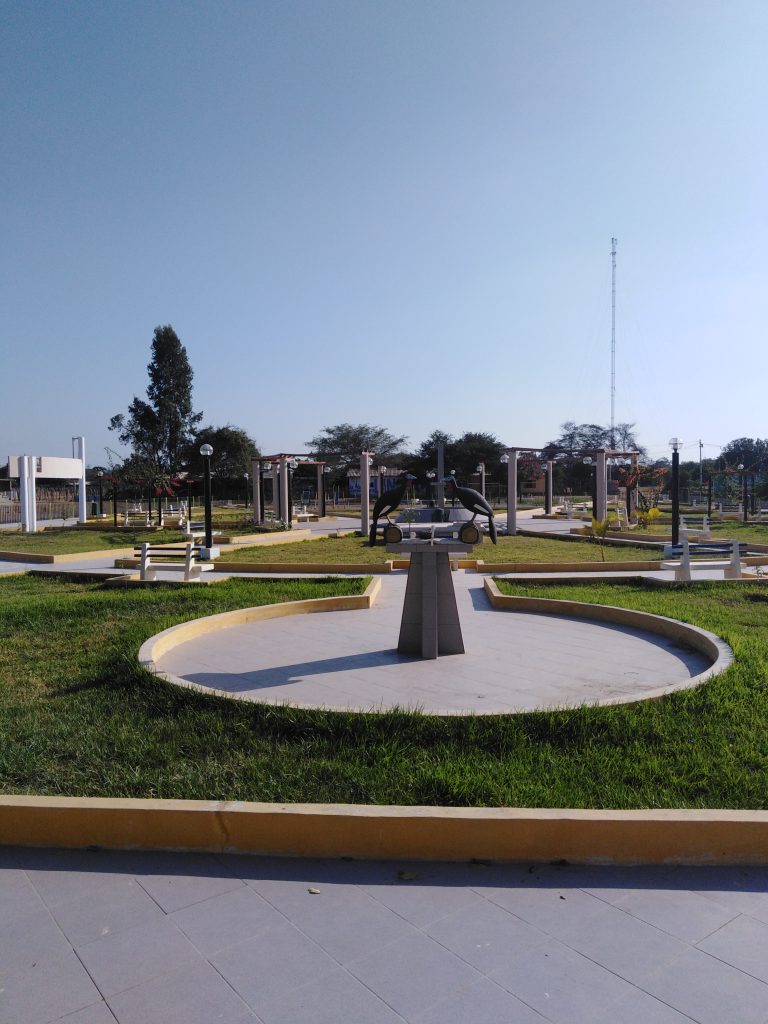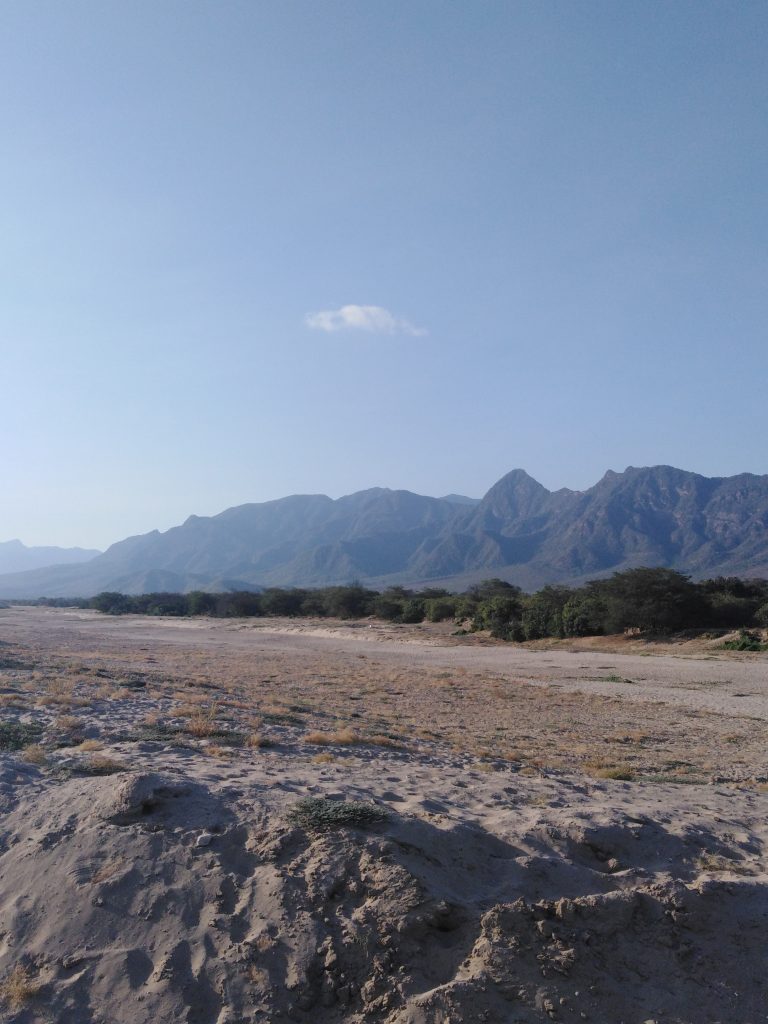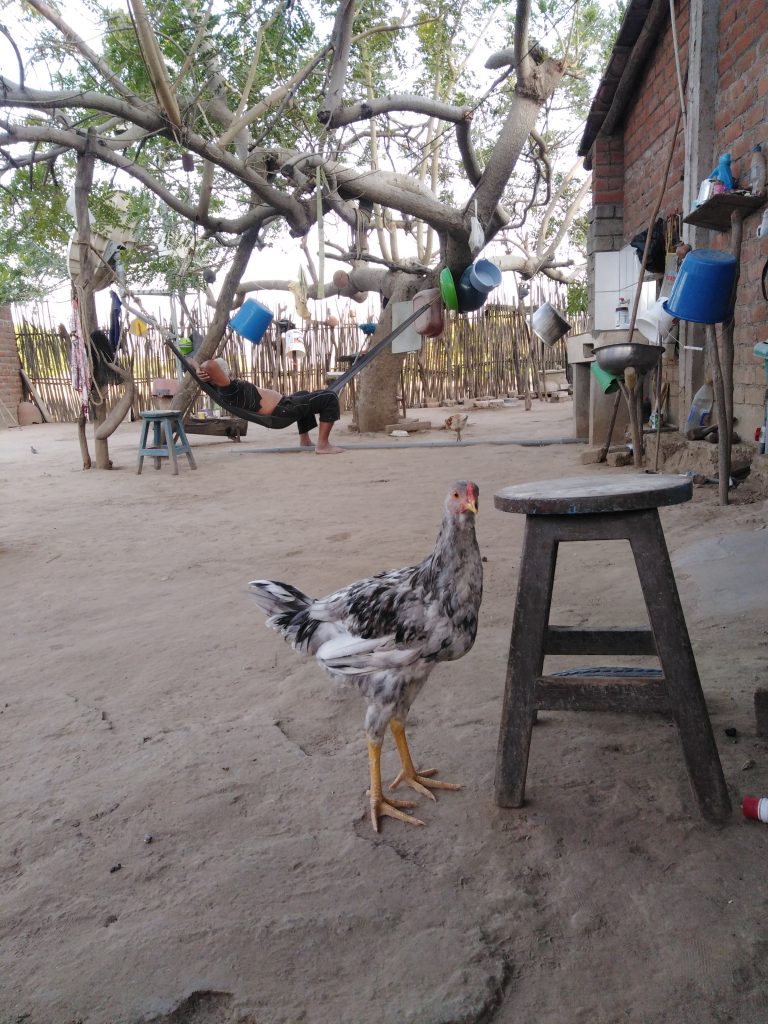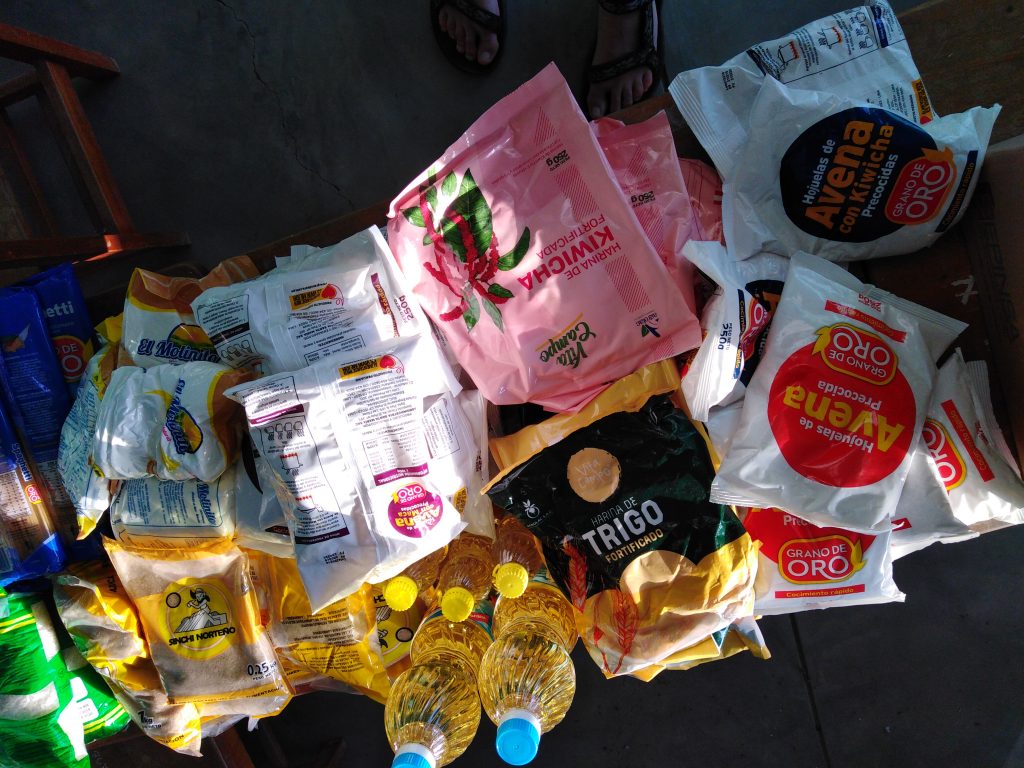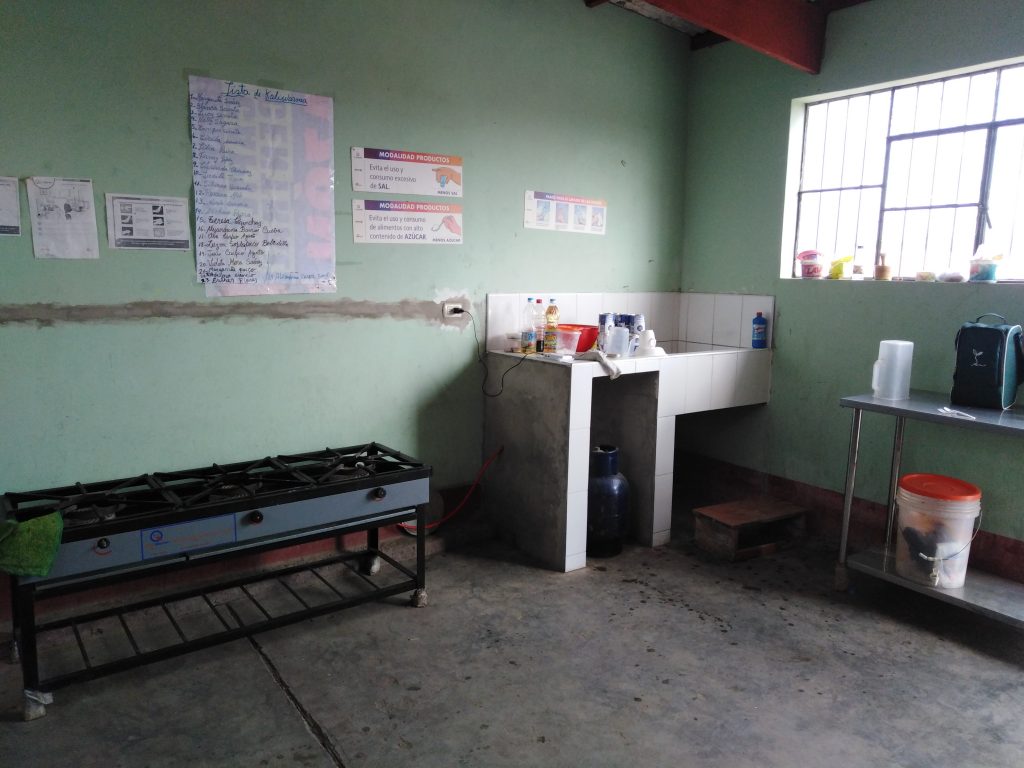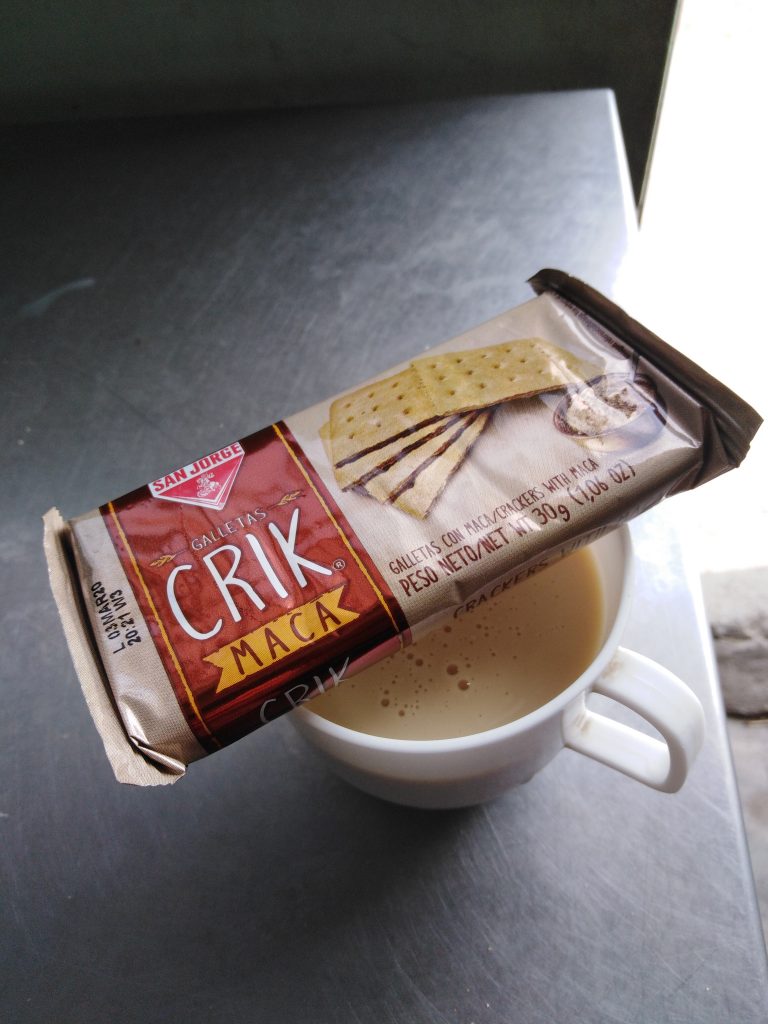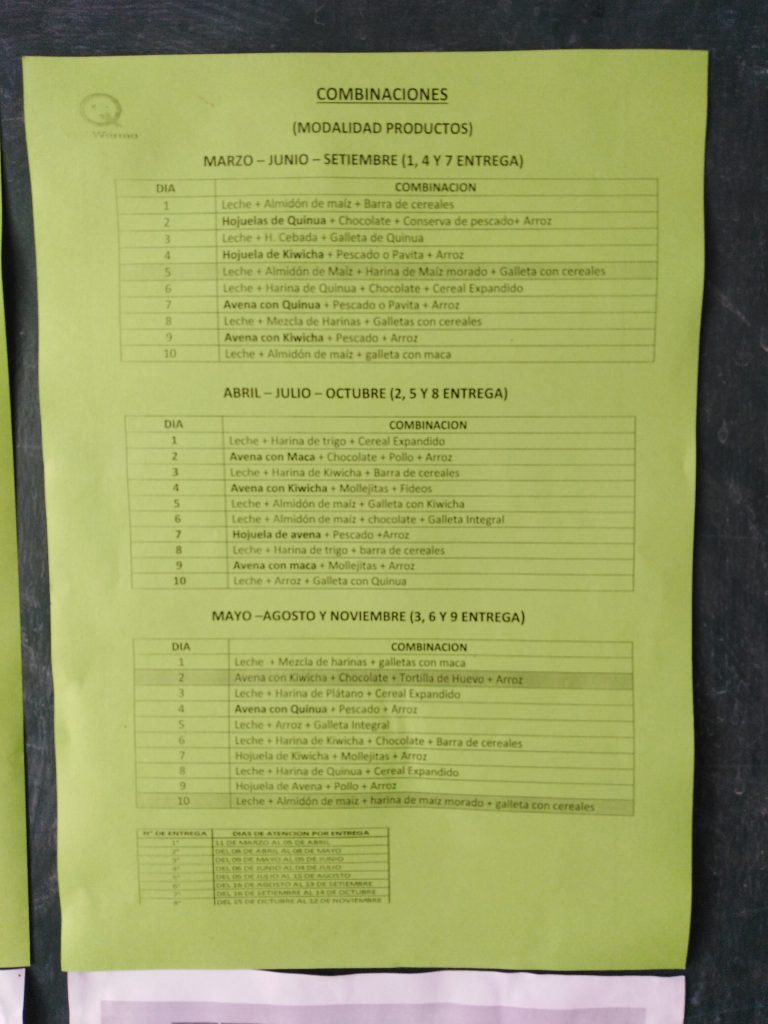One of the biggest challenges facing a small farmer with diverse varieties on their farm is getting certified. This ensures that the food that is produced is up to the markets standards of food safety, and also that the farmer can capitalize on the certification by selling to other markets.
I saw this in Junin; the farmers who gained the SGP certification were doing quite well in comparison to before, selling their goods at good prices. In order to gain the certification of SGP (Sistema de Garantia Participativa, System of Participative Guarantees), they were required to undergo a three year approval period, make changes to their farms, formalize themselves into groups, file paperwork, and let their farms be inspected by third parties. If the producers who apply pass (the procedure is strict enough to weed out people who are not truly committed), they can use the SGP seal, which communicates food safety and the environmental practices used to grow the products.
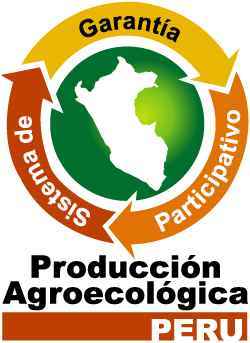
SGP is used in a number of countries in Latin America, including Brazil, Colombia, Mexico, and, of course, Peru. The rules SGP is run by vary depending on the country, which makes sense given that each country has different legal standards. In Peru, SGP is underpinned by the Law of Organic Production (N°29196) and the Supreme Decree N°010-AG.
The SGP is run by a national council and regional councils and are comprised of elected members: in addition, the SGP is structured to work with agricultural institutions within the country. In Peru, this is ANPE-Peru, IDMA, INIA, and ASPEC, amongst others, including regional agricultural boards (DRAs).
What all of this means is that there is a framework that small farmers can use to bring their produce to market; SGP covers their operations from the field through primary processing. While the SGP regulations are not flexible in terms of the quality expected, it is flexible about how farmers get help and encourages innovation, providing an organizational structure that bakes in training for farmers.
I keep thinking about the cuy (guinea pig) farmer in Junin who said that when she takes her cuys to market, she sells out in two hours - though much of the time, it is as little as twenty minutes! She said that her customers like knowing that the cuys were raised well, that the taste of her animals is better than conventionally-grown cuys, and that when people eat her cuys, they don't have to worry about getting sick.
Food safety, as I've said on this blog, is a massive problem not just for Qali Warma but also for the rest of the country. I can't tell you how many conversations I had (often with chatty taxi drivers) who, upon learning what I was studying, started talking about how risky Peruvian food is. (They would then often inquire gently but directly as to the state of my guts.)
As I was standing in line at the airport to take my flight out of the country, I got to talking to a guy from the department of Ancash who was going to do his masters in Maritime Engineering in Denmark; he told me he was hoping to get a job in Denmark when he graduated for a few key reasons: one, the pay is significantly better in Denmark, two, Peru's corruption is legendary, and three, that the food is not guaranteed to be safe. I couldn't disagree with him; after all, I don't eat fresh greens in Peru because I don't trust food that hasn't been cooked, either because it could be contaminated en route to the market or because the water I washed it with in my kitchen isn't clean to Western standards.
The SGP certification isn't a silver bullet: the processes that are demanded by the certification make the food significantly more expensive, and it is not a system that will be able to crank out enough food to feed a whole nation, but in my opinion, it is an important element of Peru's food system and hopefully will only become more so in the future.
The main resource I used for this blog: https://www.ifoam.bio/sites/default/files/page/files/la_case_studies_color_print_fc_0.pdf
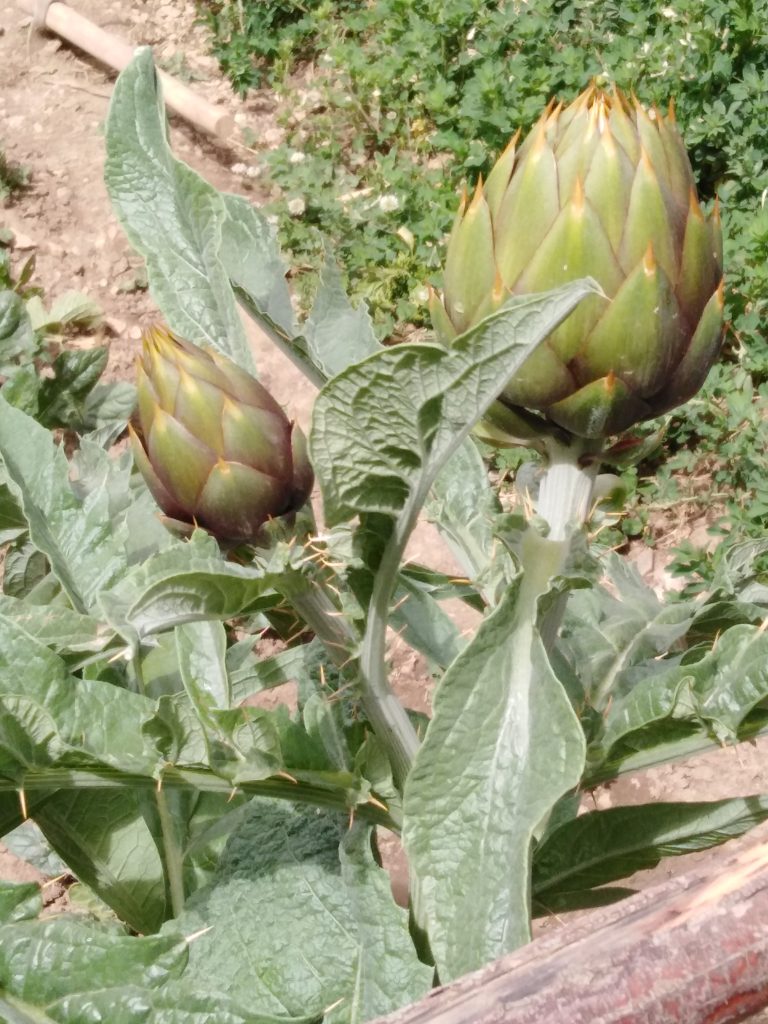
P.S. I would be remiss if I didn't mention the Fiestas Patrias - National Holidays - of Peru's independence. They take place around July 28th, the official day of Peru's independence from Spain, and involve a lot of patriotic brouhaha over a long weekend. I celebrated the holiday by going to the Plaza de Armas area of Lima, poking into churches, eating, and going to an art museum.
The number of flags I could see when I moved into my apartment: 1.
The number of flags I could see when I left: 14 (that's very nearly every building).
When I was in Peace Corps, we learned a classic Criolla song which is all about the fabulousness of Peru. I couldn't get it out of my head:
